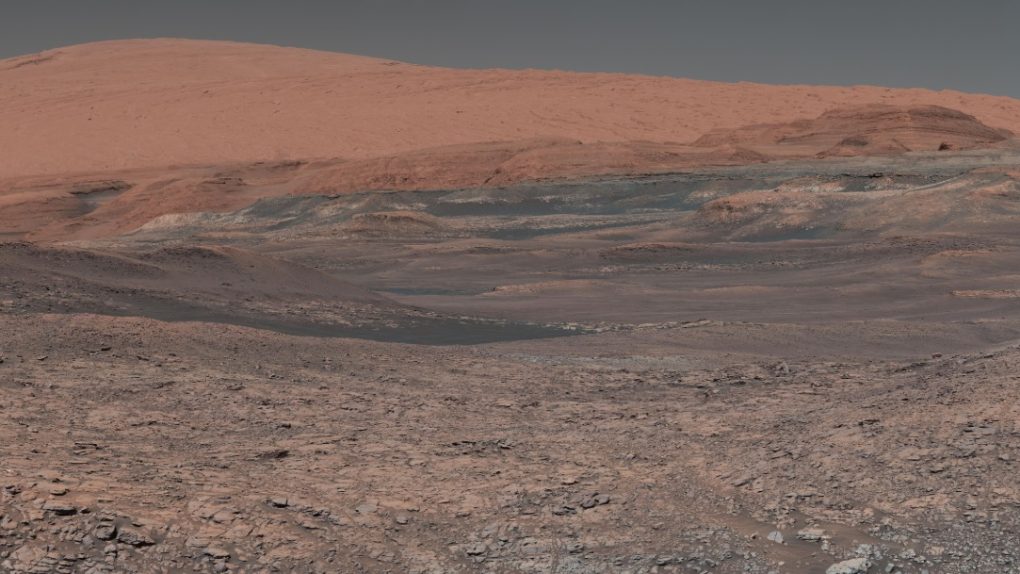- Crewed missions to Mars may rely on extinct lava tubes to provide shelter from radiation.
- Researchers tested how well lava caves on Earth block radiation and suggest that the same structures on Mars would make suitable homes.
- Visit BGR’s homepage for more stories.
Humans are headed to Mars, and we might be going sooner than you think. Assuming NASA’s crewed Artemis missions to the Moon go well, we could see a push to explore the Red Planet in person within the decade, with missions getting off the ground as early as the 2030s.
Many problems will need to be solved between now and then, of course. Not least of which is the question of where astronauts would live after arriving. Now, a new study suggests that ready-built homes might already be waiting for astronauts when they get there, as long as they know where to look.
Today, Mars is cold, dry, and relatively quiet, but it was far more geologically active in its past. Scientists have already seen evidence of massive lava tubes hiding just under the planet’s surface, and areas where the ground has caved in shows how large and expansive they are.
When astronauts travel to the Moon, they’ll be spending a lot of time inside the spacecraft that brought them there. Eventually, shelters might be built on the lunar surface, but for now, NASA just wants humans to explore and then retreat to the relative safety of their ship.
Astronauts traveling to Mars will likely be staying a lot longer than those that travel to the Moon. The trip to Mars is long, and it makes sense to get the most out of a mission that will be unfathomably expensive and difficult. Living inside a landed spacecraft for that long might not be feasible. Hauling building supplies to the Red Planet and doing a bit of construction is also not in the cards just yet. That leaves the natural features of Mars as perhaps the only option for long-term shelter.
In a new paper headed for publication in The Journal of The Washington Academy of Sciences (PDF), researchers explore the possibilities of using hollow lava tubes on Mars as shelter from the elements. As LiveScience reports, they make a pretty compelling case.
One of the biggest dangers for space travelers headed to another world is radiation. We’re mostly protected here on the surface of Earth, but Mars won’t offer the same benefit, which means finding a place to hide from it. Rock tends to be pretty good at absorbing radiation, and the research team tested lava caves on Earth to see how much radiation they can block.
It’s not a perfect comparison since we don’t know the exact properties of the lava tubes on Mars, but the researchers suggest that Martian caves could block over 80% of the radiation coming down from space. Astronauts would still receive significantly more radiation than they would here on Earth — especially as they leave their “home” to explore the surface — but it would make a long-term mission a lot more realistic.








